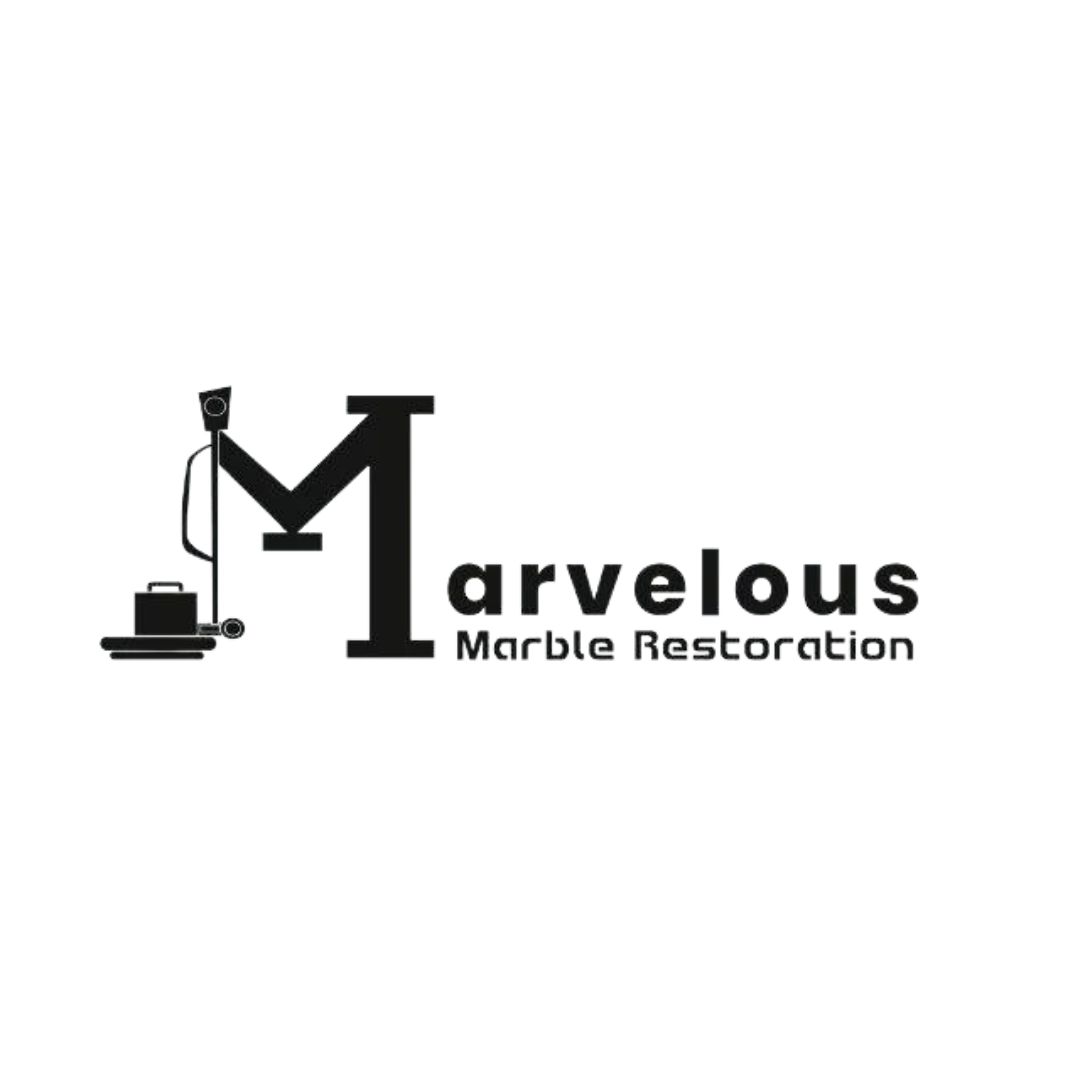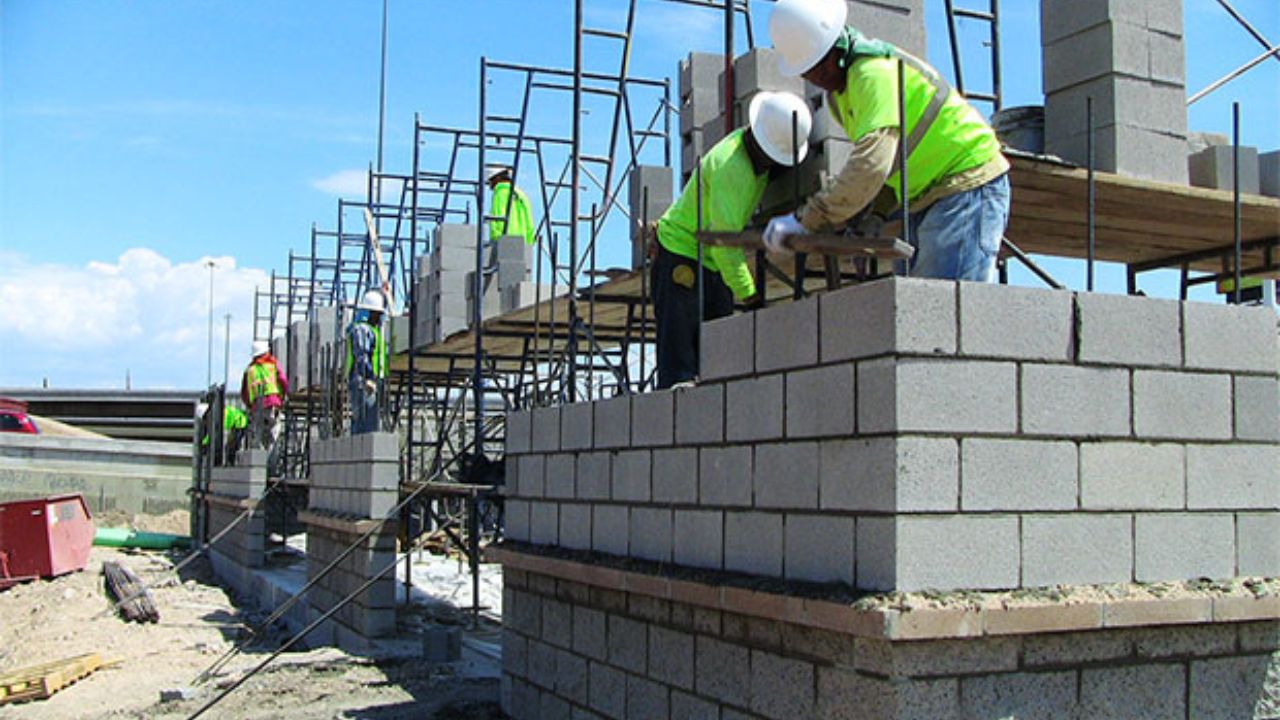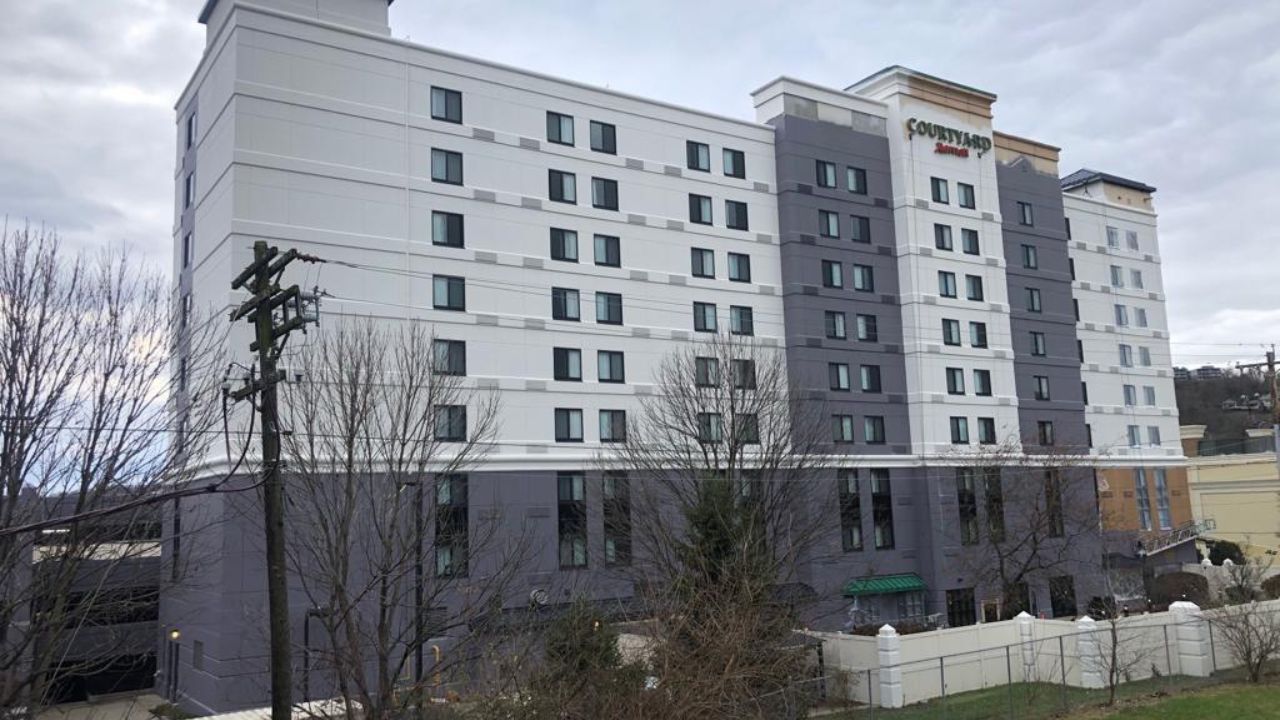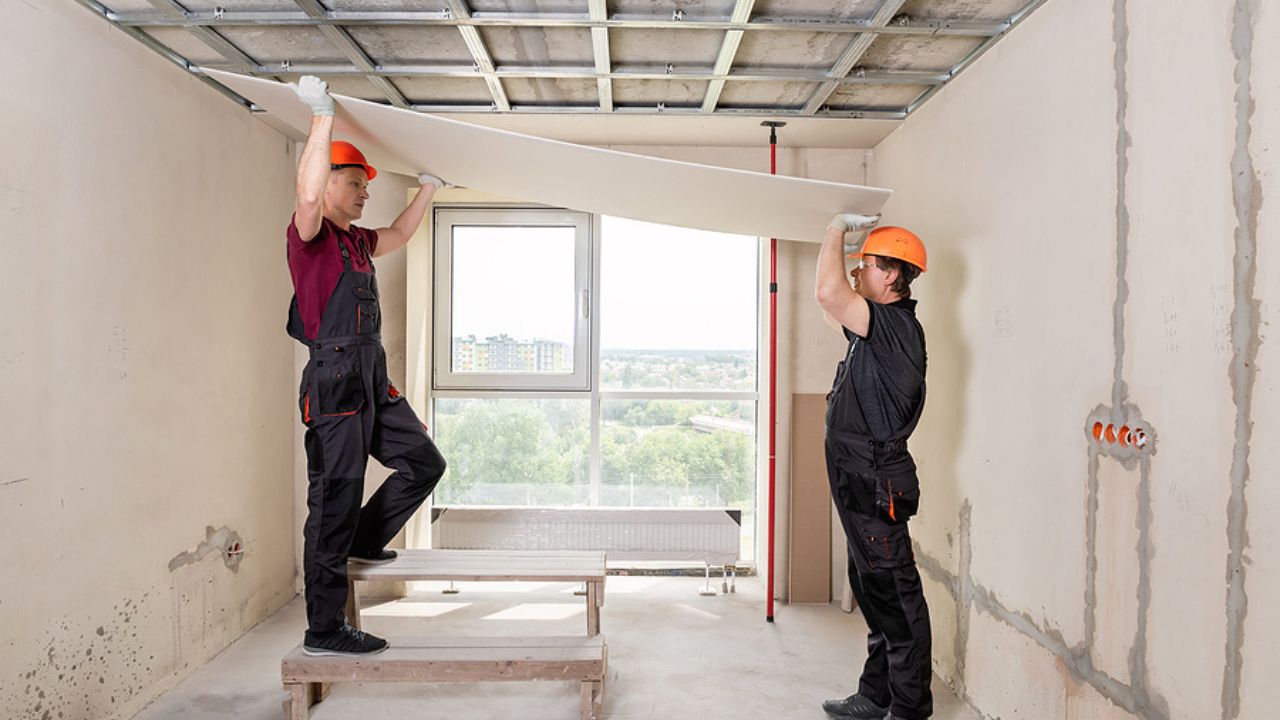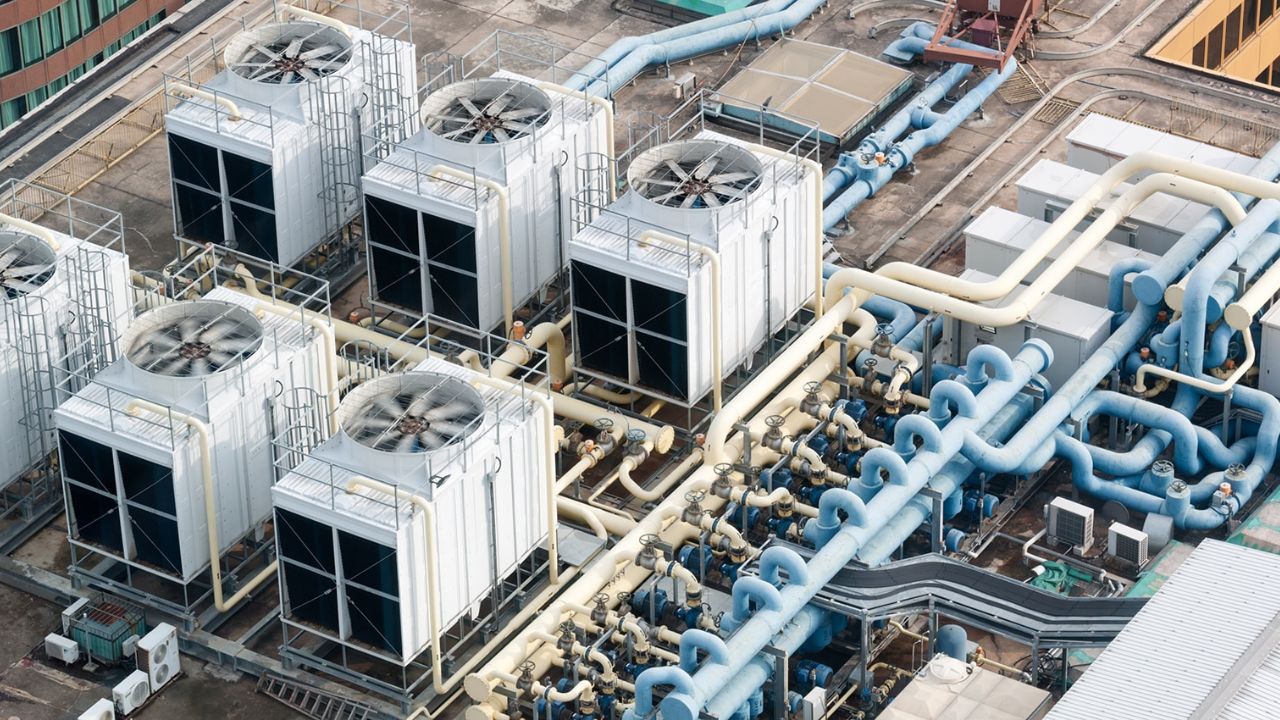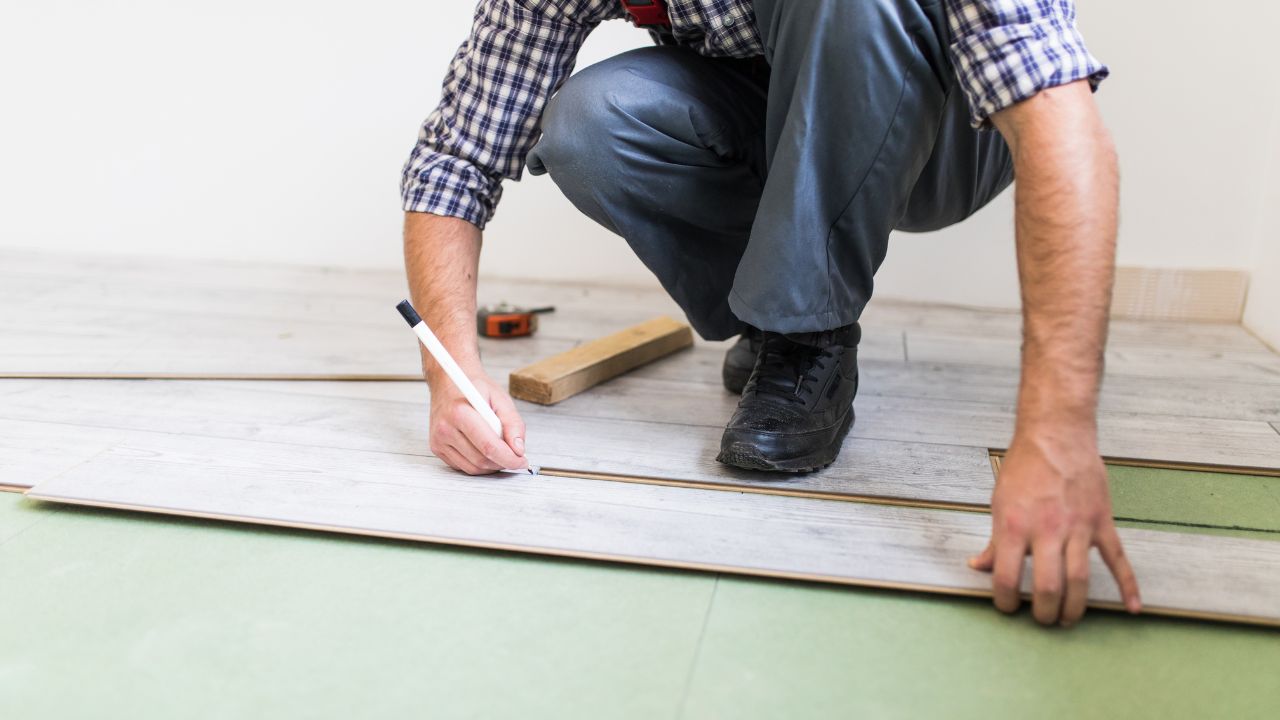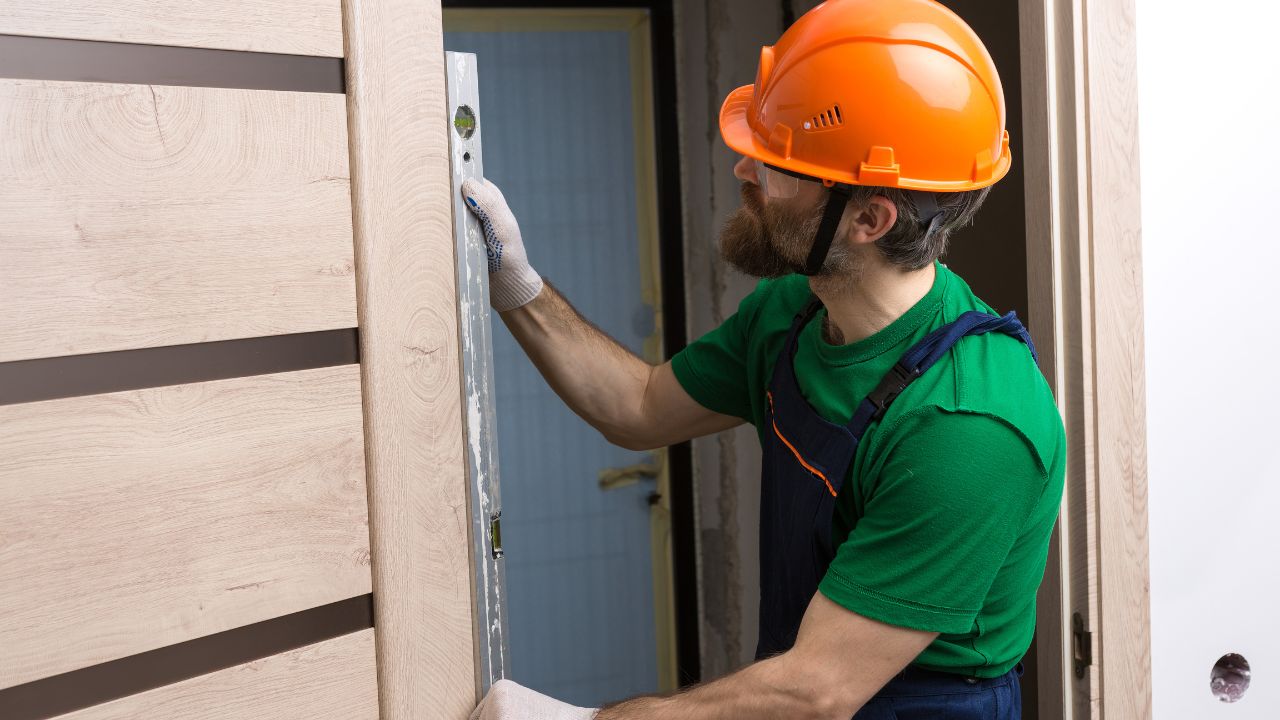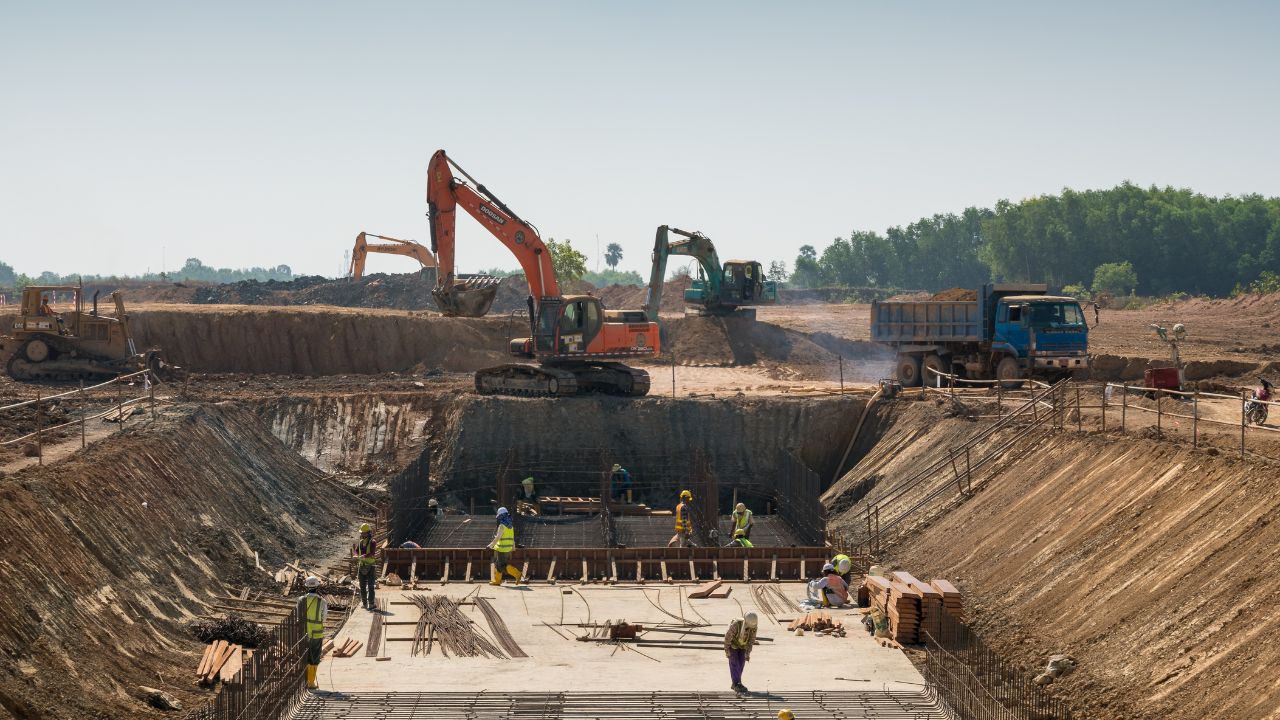- Homepage
- The Ultimate Guide to Mixed-Material Flooring Transitions
The Ultimate Guide to Mixed-Material Flooring Transitions
Leading provider of flooring installation services
What Are Mixed-Material Flooring Transitions?
Modern interior design is no longer about sticking to one material throughout a space. Today’s homes and commercial spaces often blend hardwood with tile, luxury vinyl with stone, or carpet with polished concrete. This blending of materials is both practical and aesthetic, but the key to a seamless design lies in the transitions.
Mixed-material flooring transitions are the subtle or bold changes between two different types of flooring in the same space. Whether it’s transitioning tile to wood in a kitchen-dining combo or carpet to vinyl in a bedroom hallway, a clean transition ensures continuity, safety, and style.
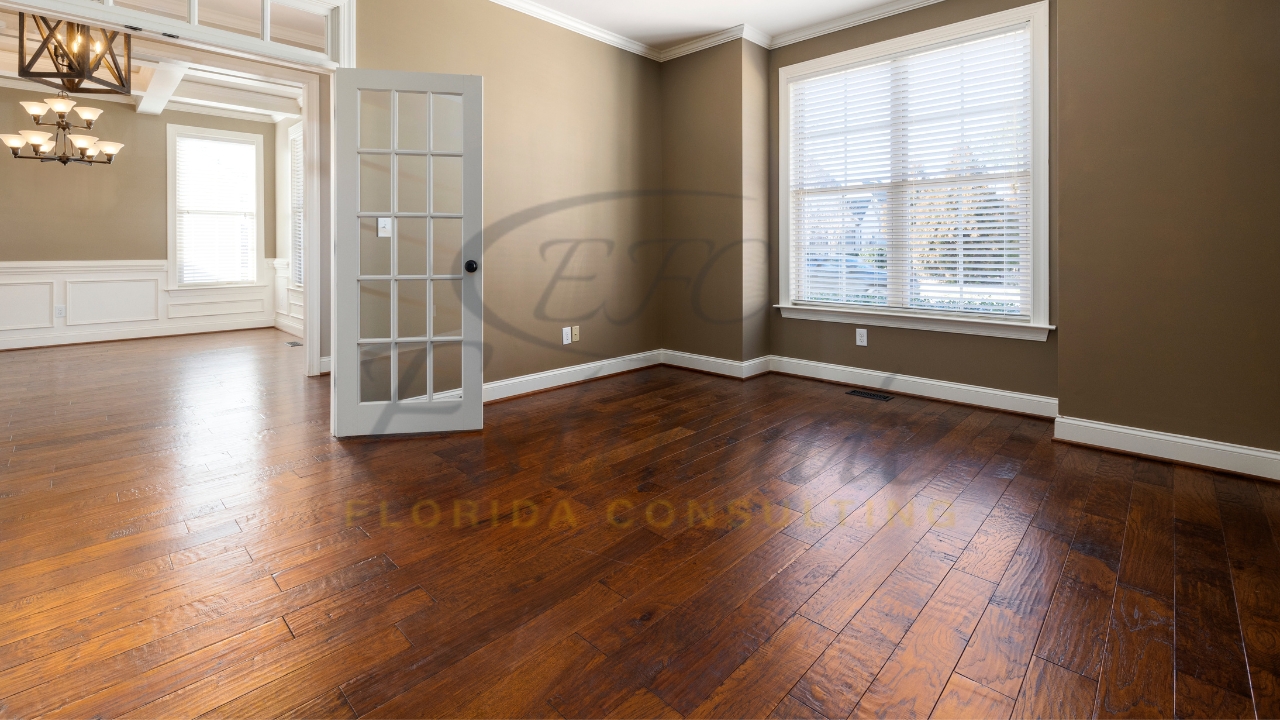
Why Mixed-Material Flooring Is Trending in 2025
The rise of open-concept spaces and the demand for personalized interiors have fueled the popularity of combining materials. Homeowners and designers now aim for function and flair — using each flooring type where it performs best. Porcelain tile in the kitchen offers moisture resistance, while warm wood in the living room adds comfort.
With this shift, transitions play a critical role in maintaining a cohesive design and providing a smooth visual and physical flow.
When and Why You Need a Transition
A transition between materials isn’t just a design choice — it’s often a necessity. Different flooring materials have varying thicknesses, expansion rates, and installation methods. Without a proper transition solution, the surface could become uneven, unsafe, or visually jarring.
Here are common reasons to use transitions:
- Joining different material types (e.g., tile to wood).
- Handling height differences between floors.
- Separating rooms with distinct functions.
Accommodating expansion and contraction of materials like hardwood or vinyl.
90% More Chances to Win Flooring Bids with
Our Estimate!
Popular Material Pairings (and How to Transition Between Them)
Hardwood to Tile
This classic combo often appears between kitchens and living rooms. Since tile is generally thicker than wood flooring, transitions must account for height differences. T-moldings, reducers, or even metal strips can create smooth and attractive transitions.
Vinyl Plank to Carpet
Luxury vinyl plank (LVP) is water-resistant and sleek, while carpet is soft and warm — ideal for bedrooms. Transition strips, such as vinyl-to-carpet reducers, prevent fraying and trip hazards while maintaining a clean look.
Stone to Wood
Blending natural stone like slate or travertine with wood floors requires precise leveling and expansion joints. Use sleek metal inlays (such as brass or stainless steel) for modern contrast, or grout for a more rustic effect.
Tile to Concrete
In minimalist or industrial designs, combining tile and polished concrete can look stunning. A flush transition is key here, often achieved with careful planning during the subfloor stage.
Laminate to Tile
Laminate flooring expands and contracts, so transitions need to allow movement. Silicone-based transition moldings or floating floor profiles offer durability and flexibility.
Types of Flooring Transition Strips and Solutions
There are several types of transition tools and materials available to bridge the gap between different flooring types:
- T-Molding: Used between two floors of equal height, such as laminate to laminate.
- Reducer Strips: Help transition between floors of different heights (e.g., vinyl to tile).
- Thresholds: Wider strips that work well for doorways.
- Metal Inlays: Sleek and modern, especially effective between tile and wood.
- Flush Transitions: Provide a seamless look by carefully leveling floors and avoiding visible trims.
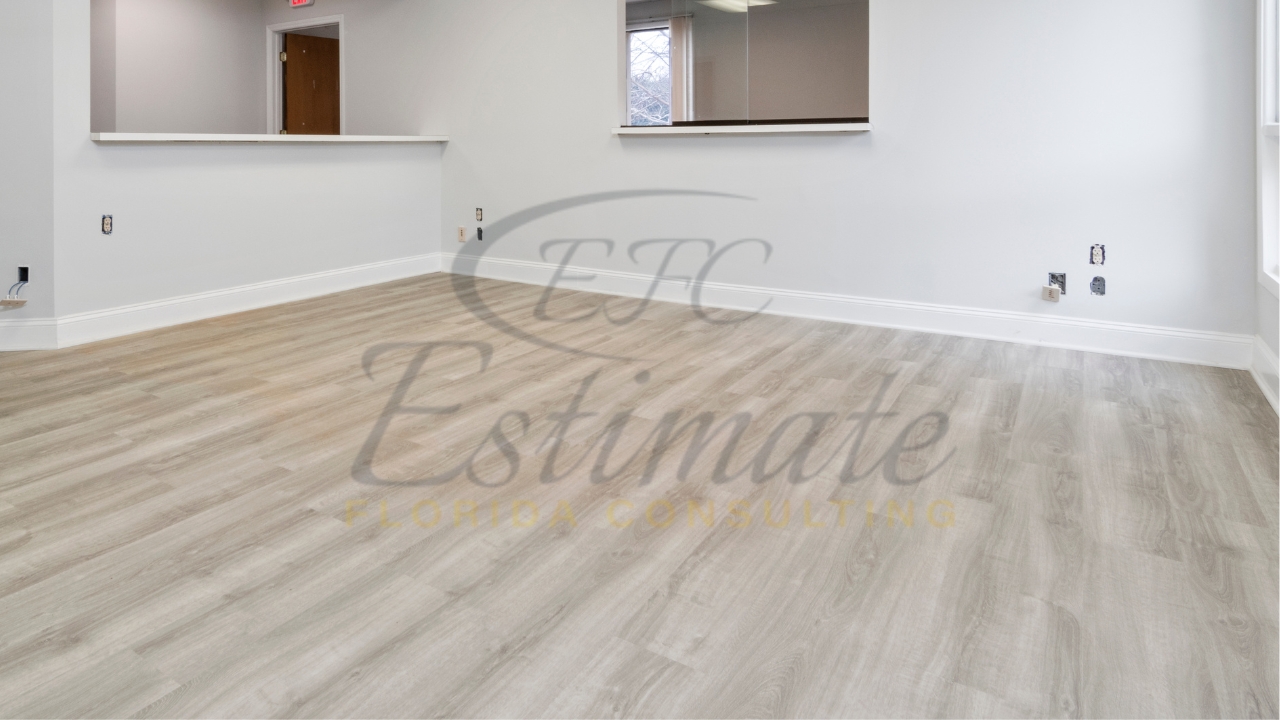
How to Choose the Right Transition Method?
Choosing the correct transition depends on several factors:
- Height Difference: Measure the thickness of both flooring materials to determine if you need a flush or stepped transition.
- Moisture Zones: For kitchens or bathrooms, choose water-resistant materials like aluminum or vinyl transitions.
- Aesthetic Style: Match the transition strip to the dominant material or contrast it intentionally for a bold look.
- Traffic and Durability: High-traffic areas need robust solutions that won’t wear out or lift over time.
Design Tips for Seamless Transitions
- Align transitions with architectural breaks, such as doorways or wall corners, to maintain a logical flow.
- Avoid cutting materials at odd angles unless it’s part of an intentional pattern (like herringbone).
- When possible, use color-coordinated transition strips to minimize visual disruption.
- Plan transitions in the design stage rather than improvising during installation.
Creative Ideas for Flooring Transitions
Modern designers are moving beyond utility and using transitions as a visual feature. Here are a few creative ideas:
- Geometric Insets: Use hexagonal tiles to organically transition into hardwood for a honeycomb effect.
- Curved Transitions: Instead of straight lines, opt for arched tile-to-wood transitions for artistic flair.
- Metal Accents: Thin metal strips provide a high-end look and define the boundary between spaces.
- Pattern Continuation: Repeat tile or wood patterns from one material into another for cohesion.
Mistakes to Avoid with Mixed-Material Transitions
- Skipping underlayment or floor leveling can lead to cracked tiles or uneven surfaces.
- Poor alignment between materials makes the transition look accidental rather than intentional.
- Choosing mismatched colors or grains can disrupt the flow and affect visual balance.
- Using cheap transition strips can wear out quickly and detract from the overall finish.
Flooring Installation Professionals For Your Project?
Cost Guide for Mixed-Material Transitions in Florida (2025)
Here’s an overview of approximate costs to install transitions between materials:
Transition Type | Average Cost per Linear Foot | Materials Included |
T-Molding (Wood to Wood) | $3 – $6 | Wood, fasteners |
Reducer Strip (Tile to LVP) | $4 – $8 | PVC, rubber, vinyl |
Metal Inlays (Tile/Wood) | $6 – $12 | Aluminum, brass |
Custom Hardwood Thresholds | $8 – $15 | Solid wood |
Stone Transition Pieces | $10 – $20 | Granite, marble |
Installation labor may add $2–$5 per linear foot depending on complexity, height difference, and material compatibility.
Pro Tip: Budget 5–10% of your flooring installation cost for transitions and trims to avoid surprises.
Installation Tips for DIY and Pros
For DIYers:
- Use transition kits with pre-measured moldings and adhesives.
- Always leave expansion gaps where necessary, especially with laminate or LVP.
- Check that surfaces are level and secure before applying adhesives or nails.
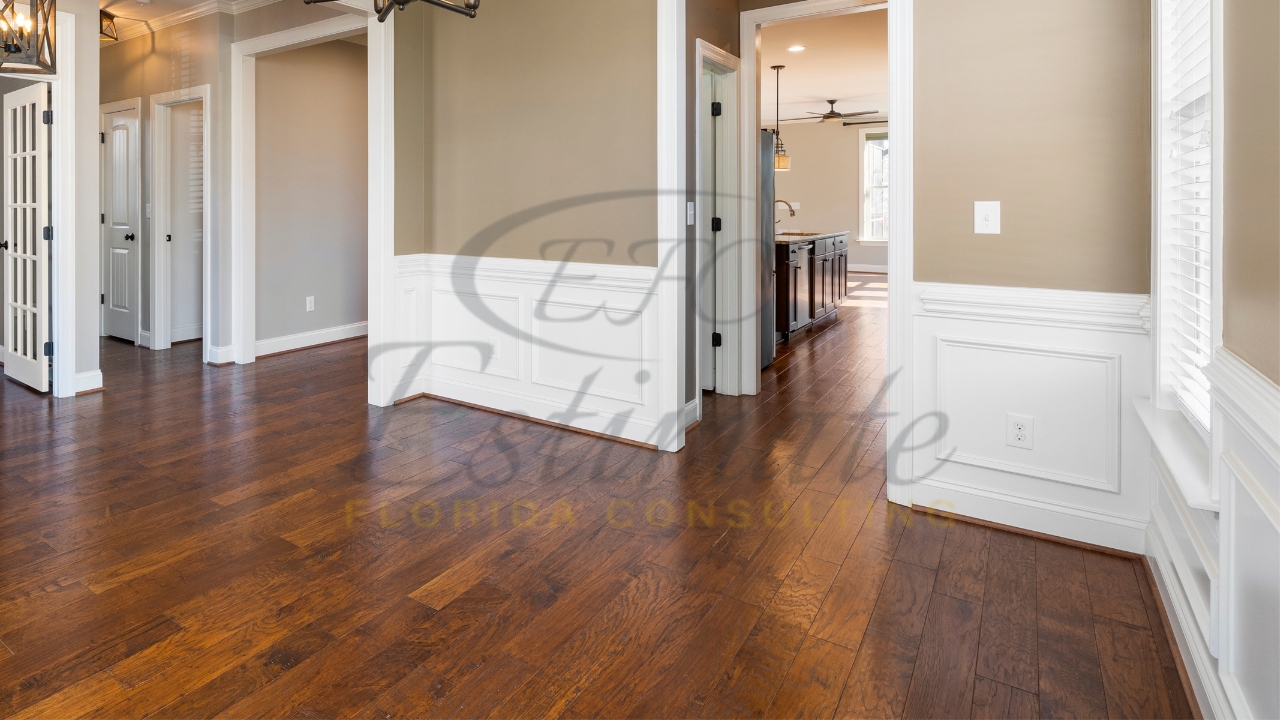
For Contractors:
- Double-check substrate compatibility, especially when transitioning to natural stone.
- Offer clients multiple trim options to meet both budget and design goals.
- Ensure the long-term durability by sealing edges in wet areas.
Conclusion
Mixed-material flooring transitions may seem like a minor detail, but they significantly impact both the visual flow and functional performance of your flooring system. Done right, they enhance beauty, prevent wear and tear, and maintain safe movement between rooms. Done poorly, they break the illusion of seamless space and create long-term maintenance issues.
As you plan your flooring project, whether in a new build or remodel, make transitions a part of your design conversation from day one. It’s the finishing touch that brings the whole room together.
Need help estimating material, labor, or finding the right trim solution in Florida? Contact Estimate Florida Consulting — your go-to team for flooring takeoffs, detailed cost estimating, and seamless planning.
We Provide 3D Rendering Services!
For Flooring and Other Projects
Turnaround time is 1-2 days.
Win More Projects With Us
Frequently Asked Question
Mixed-material flooring transitions refer to the junctions between two different types of flooring—such as tile and hardwood—designed to ensure a smooth, safe, and visually appealing connection between spaces.
Transitions are crucial for managing differences in flooring height, expansion, and installation methods. They improve safety, protect flooring edges, and create a cohesive aesthetic across rooms.
Popular combinations include tile to wood, vinyl plank to carpet, stone to hardwood, laminate to tile, and tile to concrete. Each pairing requires the right transition strategy to balance design and durability.
Common types include T-molding, reducer strips, threshold transitions, metal inlays, and flush transitions. Each is suited for specific height differences, materials, and design needs.
Consider factors like the height difference between floors, moisture exposure, visual style, and foot traffic. A flush transition may work for similar heights, while a reducer is better for uneven levels.
Comprehensive Trade-Specific Estimates
At Estimate Florida Consulting, we offer detailed cost estimates across all major trades, ensuring no part of your project is overlooked. From the foundation to the finishing touches, our trade-specific estimates provide you with a complete and accurate breakdown of costs for any type of construction project.
Our Simple Process to Get Your Estimate
Upload Plans
Submit your project plans, blueprints, or relevant documents through our online form or via email.
Receive Quotation
We’ll review your project details and send you a quote based on your scope and requirements.
Confirmation
Confirm the details and finalize any adjustments to ensure the estimate meets your project needs.
Get Estimate
Receive your detailed, trade-specific estimate within 1-2 business days, ready for your project execution.



Our Clients & Partners
We pride ourselves on building strong, lasting relationships with our clients and partners across the construction industry.
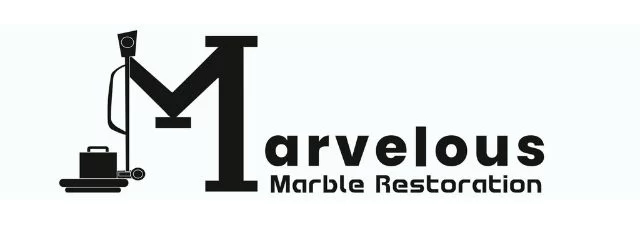

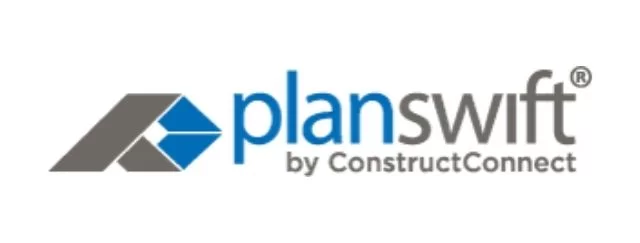


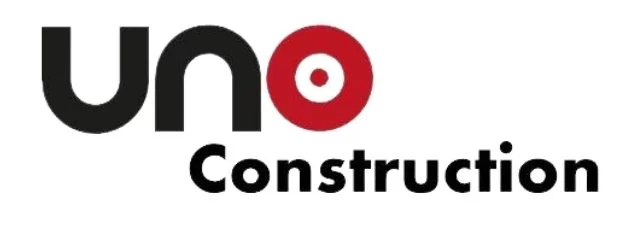
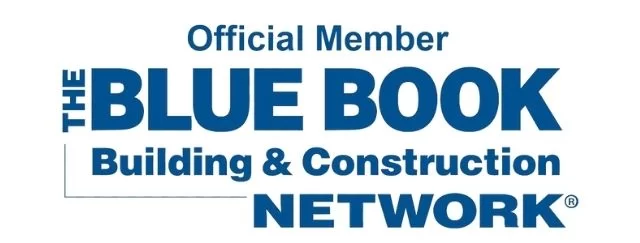

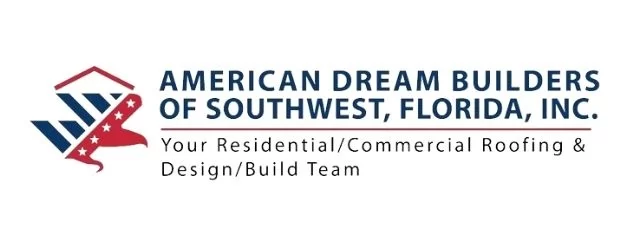


What Our Clients Say?
We take pride in delivering accurate, timely, and reliable estimates that help contractors and builders win more projects. Our clients consistently praise our attention to detail, fast turnaround times, and the positive impact our estimates have on their businesses.
Estimate Florida Consulting has helped us win more bids with their fast and accurate estimates. We trust them for every project!
